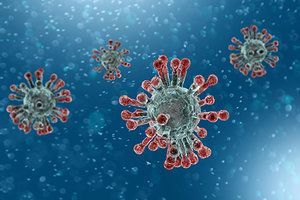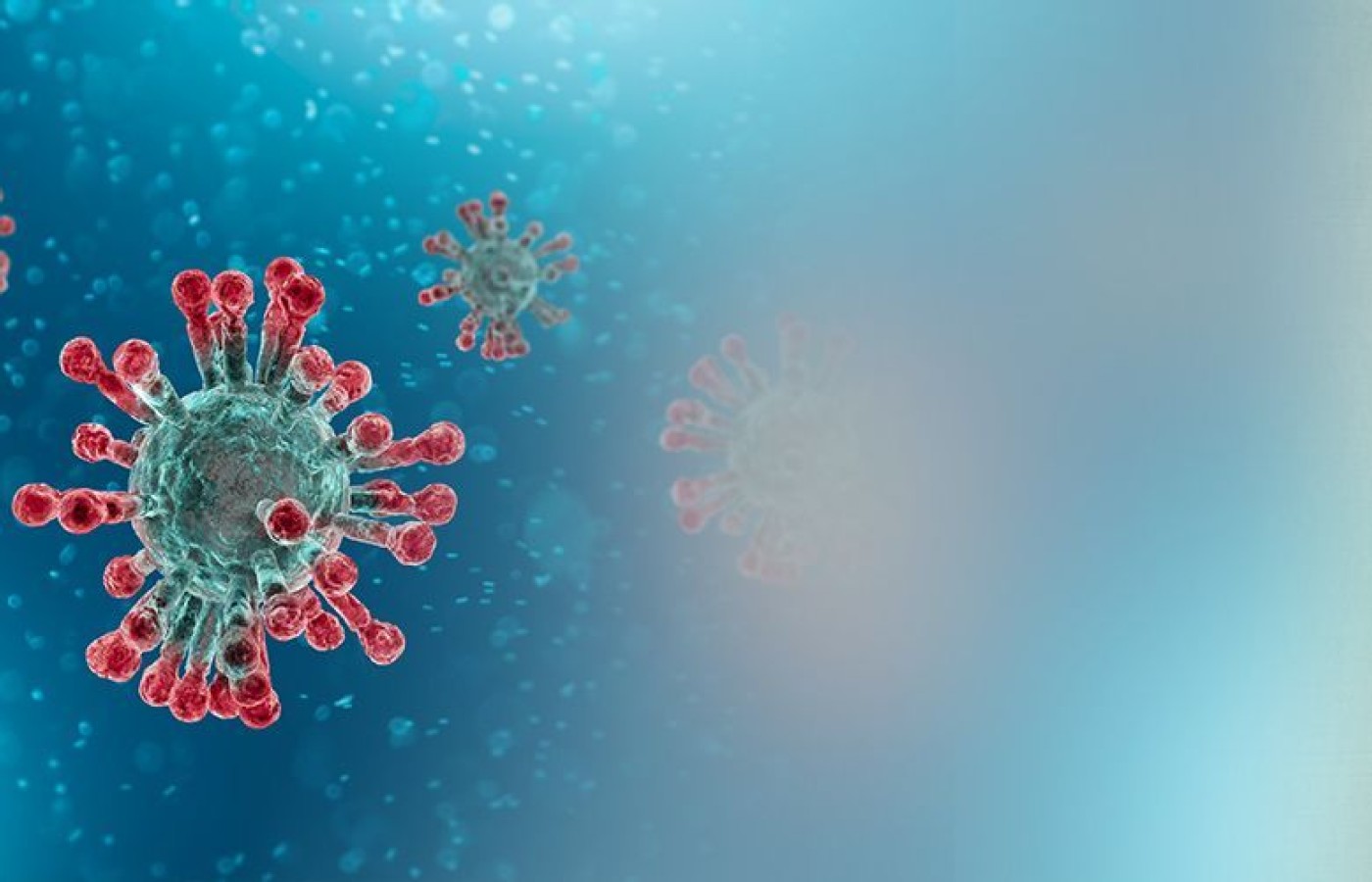Whether you accept it, avoid it or live somewhere in between, insurance coverage has become a defining issue for our profession. Patients increasingly expect to use their benefits, practitioners want to be compensated fairly for their time and expertise, and the system itself remains – at best – fragmented. The encouraging news is that coverage has expanded in meaningful ways. The challenging news is that reimbursement, across the board, remains inadequate.
The Battle of the Coronavirus: An Old Fight With a New Opponent
One word has been plastered across the headlines for more than a month now: coronavirus. With each day that passes, it becomes more and more difficult to join a conversation that does not include a discussion on the latest 21st century pandemic. The worrisome tone found in almost every continent breeds doubt for a cure and nurtures international despair. All caused by a single organism invisible to the naked eye that now goes by the name COVID-19.
As of the time of this writing, the coronavirus has touched all continents except for Antarctica, creating widespread panic, crippling nations, and threatening the global economy.1 As the disease continues to spread freely, country authorities do their best to react swiftly and desperately to control the number of infections and, hopefully, the number of fatalities.

As an acupuncturist, I cannot help but think of my own contribution in this seemingly endless episode of fear and terror. It is difficult to avoid contemplating the nature of this deadly, yet fascinating, microscopic beast - especially with us now in the midst of an outbreak ourselves.
The Coronavirus in Oriental Medicine
Believe it or not, a pandemic like the coronavirus is old news in Oriental medicine. In 1918, an influenza pandemic, one of the worst pandemics in recorded history, "infected nearly one quarter of the world's population and resulted in the deaths of 100 million people."2 The International Journal of Infectious Diseases included an article in its July 2007 issue titled, "What Happened in China During the 1918 Influenza Pandemic?" The article stated:
"From 171 to 185 AD, there were several great pandemics in China. Thousands of people lost their lives. For this reason, Chinese medical practitioners in ancient China were already concerned with epidemics...Many Chinese medicine practitioners devoted their whole lives to the study of methods of prevention and treatment of pandemics. Since the Han Dynasty (206 BC to AD 220) nearly every medical book has emphasized the importance of the study of epidemics."2
External Pathogenic Factors (EPFs)
Although classical texts did not write about viruses or bacteria (simply because they did not have the means or the technology to discover them), in modern times, we have found there is an equivalent, which is referred to as external pathogenic factors (EPFs), or something external to the body that breaks through the exterior and affects the body internally (e.g., a virus affecting the immune system).
These external pathogens resemble and are named after elements of the external environment, which can cause disturbances to one's health by leading to the decline of one's internal environment. Here are a few of the EPFs most closely related to the coronavirus:
- Wind = The closest EPF to a virus or bacteria in OM. It is likened to any illness that changes rapidly (rapid worsening of symptoms), moves locations in the body (headache, aches, pains) or leads to involuntary movements (e.g., tremors or seizures) or paralysis.
- Heat = A common EPF in patients experiencing fever, headache, cough and sore throat; the beginning symptoms of the coronavirus.
- Dampness = An EPF that leads to localized pain. It also allows for development and accumulation of phlegm in the nasal passageways and eventually the lungs leading to airway obstructions that exist in conditions like the coronavirus and pneumonia.
An additional pathogenic factor (PF) involved in the development of the coronavirus is one that builds in strength and intensity over time if not successfully expelled from the body. This potentially life-threatening PF is known as:
Toxic Heat = Not an EPF, but a worsening of the previously mentioned pathogen, heat. This PF is related to viral latency in Western medicine; or in OM, latent or toxic heat. It is also similar to heat that is burning internally and uncontrollably due to a lack of resources available to control it, almost like an internal forest fire. This fire could present itself as a severe chronic condition, as it does in autoimmune diseases; or in this case an exacerbation of the coronavirus.
These three EPFs, plus toxic heat, if present, allow for the creation of the optimal environment suitable for an aggressive and predatory disease such as the coronavirus to take root and begin thriving deep within its prey.
Treating the Coronavirus with Oriental Medicine?
Allow me to lead this section with the phrase, "Easier said than done." I fully understand the challenges in treating a disease that emerges from the unknown. Currently, we only know that the coronavirus (1) resembles the common cold, (2) can be transmitted between people and (3) has an estimated incubation time period of up to 14 days. We do not know, however, (1) if our estimates are accurate, (2) if the virus has the ability to transmute or (3) if the virus can move into latency (become dormant inside of our bodies). With a new virus comes an endless line of questioning and uncertainty.
In treating a person infected with the coronavirus, acupuncturists can only examine existing signs and symptoms by way of our diagnostic abilities. Searching for a root cause will be necessary, but not essential at the stage that symptoms have manifested and are quickly worsening. We must focus on controlling the pathogenic nature of any external influences, such as wind, heat or dampness, before they exacerbate the person's condition. This approach should be aggressive to the point that the patient is strong enough to endure the treatment and still have enough strength to recover gradually.
Treatment designs and principles should consist of well-thought-out acupuncture point prescriptions applied in an order that focuses on eliminating or controlling the environment that is allowing the coronavirus to remain harbored internally. Well-aligned herbal remedies, dietary therapy and emotional training should be applied with a similar type of approach to keep healing on course.
As signs of recovery in a patient's health emerge, maintenance of this refurbished internal environment becomes top priority. And as the environment begins to thrive on its own, we can then transition toward treating the root cause of this illness to ensure the likelihood of contracting it again is minimal.
Editor's Note: As of press time, acupuncturists who are currently able to treat patients should encourage anyone with coronavirus symptoms to contact their primary care physician / local health department for potential testing and quarantine. Thus, the above treatment discussion should be considered philosophical until the COVID-19 pandemic wanes and the virus can be managed clinically on a routine basis.
Final Remarks on the Coronavirus
Above all, we must recognize that we are not battling against a pathogen. You are welcome to counter by saying, "Of course we are battling a pathogen! It's the coronaVIRUS!" However, external pathogens in OM are nothing more than an environment a person has created on their own through an already-existing weakened state of health (e.g., pre-existing conditions that lower the effectiveness of one's innate defense system) which opens the door for harmful organisms to seek refuge and survive inside of us.
As the coronavirus' grip tightens upon the world, it matters not whether you view the virus through a micro- or macroscopic lens. What matters most is the duty of every acupuncturist and health care provider: to guide patients back to a healthy way of living by rebalancing their internal environment with the external environment.
References
- Coronavirus Disease 2019 (COVID-19). Centers for Disease Control and Prevention, 2020.https://www.cdc.gov/coronavirus/2019-ncov/locations-confirmed-cases.html
- Cheng KF, Leung PC. "What happened in China during the 1918 influenza pandemic?" Int J Infectious Dis, 2007;11(4):360-364. https://www.sciencedirect.com/science/article/pii/S1201971207000355#!



